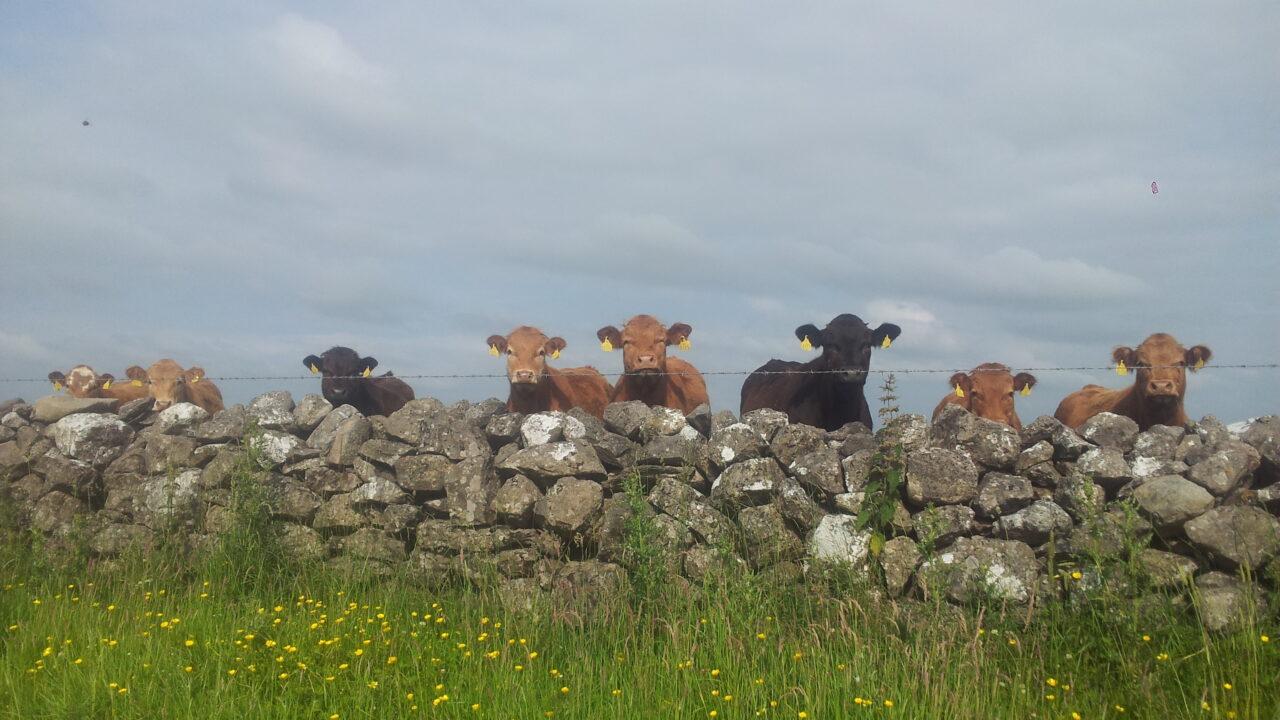Ireland faces considerable challenges in moving to a low-carbon economy, according to figures released today by the Environmental Protection Agency (EPA).
In particular, it says there is a significant risk that, even under the best-case scenario, Ireland will not meet its EU 2020 targets. Ireland’s EU target is to reduce greenhouse gas emissions from transport, agriculture, residential, waste and non-energy intensive industry by 20% by 2020 (compared to emissions for 2005). EPA projections show that:
- Under the best case scenario, greenhouse gas emissions will remain relatively static up to 2020; and,
- As a result, emissions in 2020 will be 5-12% below 2005 levels and will not meet the 20% reduction target.
“Today’s figures show that we are currently not on track to becoming a low-carbon economy,” said Laura Burke, Director General of the EPA. “We have not solved the problem of greenhouse gas emissions and this becomes an even more pressing challenge as the economy begins to improve and places further new pressures on emissions targets.”
Ireland’s greenhouse gas emissions profile is unique in the dominance of the agriculture sector, she went on to say. Emissions in some sectors such as residential, waste, and services are projected to decrease between now and 2020, but emissions from the agriculture and transport sectors – even under the best case scenario – are projected to increase by 15% and 9%, respectively.
These figures assume that ambitious targets will be met for renewable fuel penetration, electric vehicle rollout and Food Harvest 2020.
